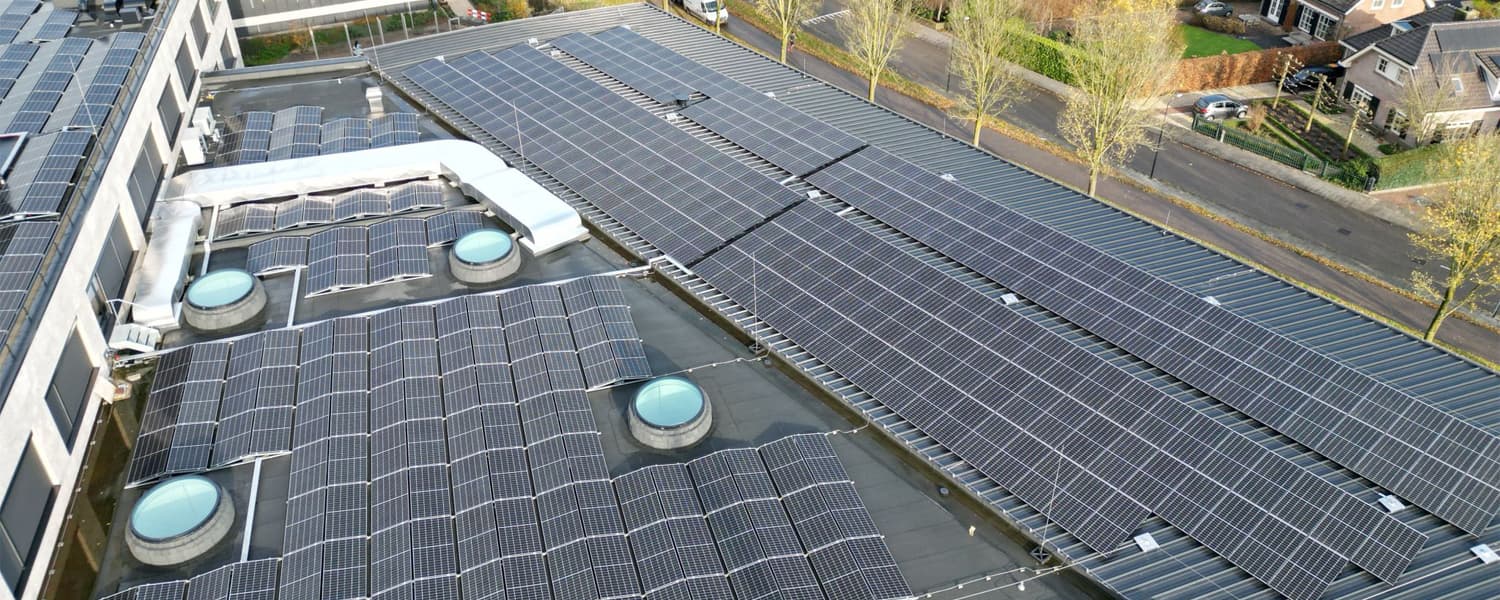Harnessing AI to Revolutionize the Solar PV Industry: Impacts on Engineering and Production
Feb 14, 2025
The photovoltaic (PV) industry has long been at the forefront of renewable energy innovation. Today, artificial intelligence (AI) is emerging as a transformative force, reshaping how solar systems are designed, manufactured, and optimized. From accelerating R&D to streamlining production lines, AI-driven solutions are unlocking unprecedented efficiencies and driving down costs. In this blog, we explore the groundbreaking applications of AI in the solar sector and their profound implications for PV engineering and manufacturing.
1. AI in Solar PV Design and Engineering
a. Optimized System Design
AI algorithms analyze vast datasets—from weather patterns and geographic conditions to energy consumption trends—to design PV systems tailored for maximum efficiency. Machine learning (ML) models predict shading impacts, panel orientation, and inter-row spacing, ensuring optimal energy yield. For instance, companies like Aurora Solar use AI to simulate solar installations in minutes, reducing manual design time by over 90%.
b. Material Innovation
Discovering next-generation PV materials (e.g., perovskite cells) traditionally involves trial-and-error experimentation. AI accelerates this process by predicting material properties and stability through computational models. Researchers at MIT and Stanford have used AI to identify promising solar cell materials years faster than conventional methods.
c. Performance Forecasting
AI-powered tools like Google’s Sunroof project leverage satellite imagery and ML to estimate solar potential for rooftops, empowering consumers and businesses to make data-driven decisions.
2. AI-Driven Manufacturing Advancements
a. Smart Production Lines
AI-enabled robotics and computer vision systems are revolutionizing PV manufacturing. For example:
Defect Detection: AI algorithms inspect solar cells and modules in real-time, identifying micro-cracks or impurities with 99%+ accuracy, minimizing waste.
Process Optimization: ML models adjust parameters like temperature and coating thickness during silicon wafer production, boosting yield and quality.
b. Predictive Maintenance
By analyzing sensor data from manufacturing equipment, AI predicts machinery failures before they occur. This reduces downtime and maintenance costs—a critical advantage in high-volume production environments.
c. Supply Chain Resilience
AI tools forecast raw material demand (e.g., polysilicon), optimize inventory levels, and mitigate disruptions. During the recent supply chain crises, companies like LONGi Green Energy used AI to reroute logistics and maintain production continuity.
3. AI in Solar Farm Operations and Maintenance (O&M)
AI’s impact extends beyond the factory floor. For large-scale solar farms:
Fault Diagnosis: Drones equipped with AI-powered thermal imaging detect underperforming panels, enabling targeted repairs.
Energy Output Optimization: ML models adjust inverter settings in real-time based on weather forecasts, increasing grid-fed electricity by up to 20%.
Predictive Analytics: Platforms like IBM’s Watson analyze historical data to predict component degradation, extending asset lifespans.
4. Economic and Sustainability Impacts
The integration of AI into the PV sector delivers dual benefits:
Cost Reduction: By slashing design time, improving manufacturing precision, and minimizing downtime, AI helps drive down the levelized cost of electricity (LCOE) for solar power.
Scalability: AI democratizes access to solar solutions, enabling rapid deployment in emerging markets.
Carbon Footprint: Efficient production and optimized energy output reduce waste and accelerate the global transition to clean energy.
Challenges and the Road Ahead
While AI promises immense potential, challenges remain:
Data Quality: Reliable AI models require high-quality, diverse datasets.
Workforce Adaptation: The industry must upskill workers to collaborate with AI tools.
Ethical AI: Ensuring transparency in decision-making algorithms is critical for trust.
Looking forward, the synergy between AI and IoT (e.g., smart grids) will further enhance solar energy systems. Startups and tech giants alike are investing heavily in this space, signaling a future where AI and solar power jointly underpin a sustainable energy ecosystem.
Conclusion
AI is not just an auxiliary tool for the PV industry—it’s a game-changer. By reimagining engineering paradigms, supercharging production, and maximizing energy harvest, AI is propelling solar power toward its destiny as the world’s dominant energy source. As the technology matures, stakeholders who embrace AI today will lead the charge into a brighter, cleaner tomorrow.